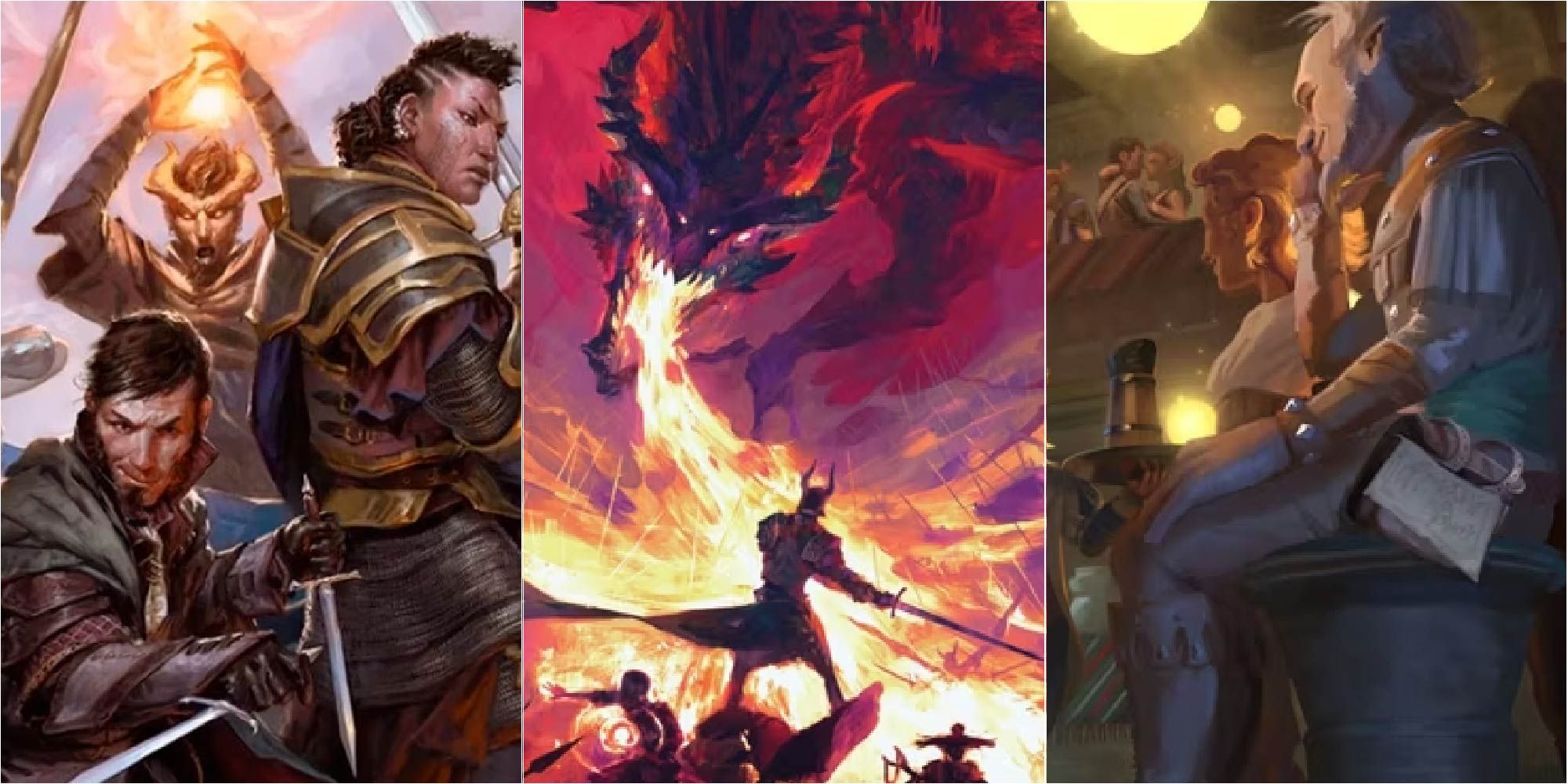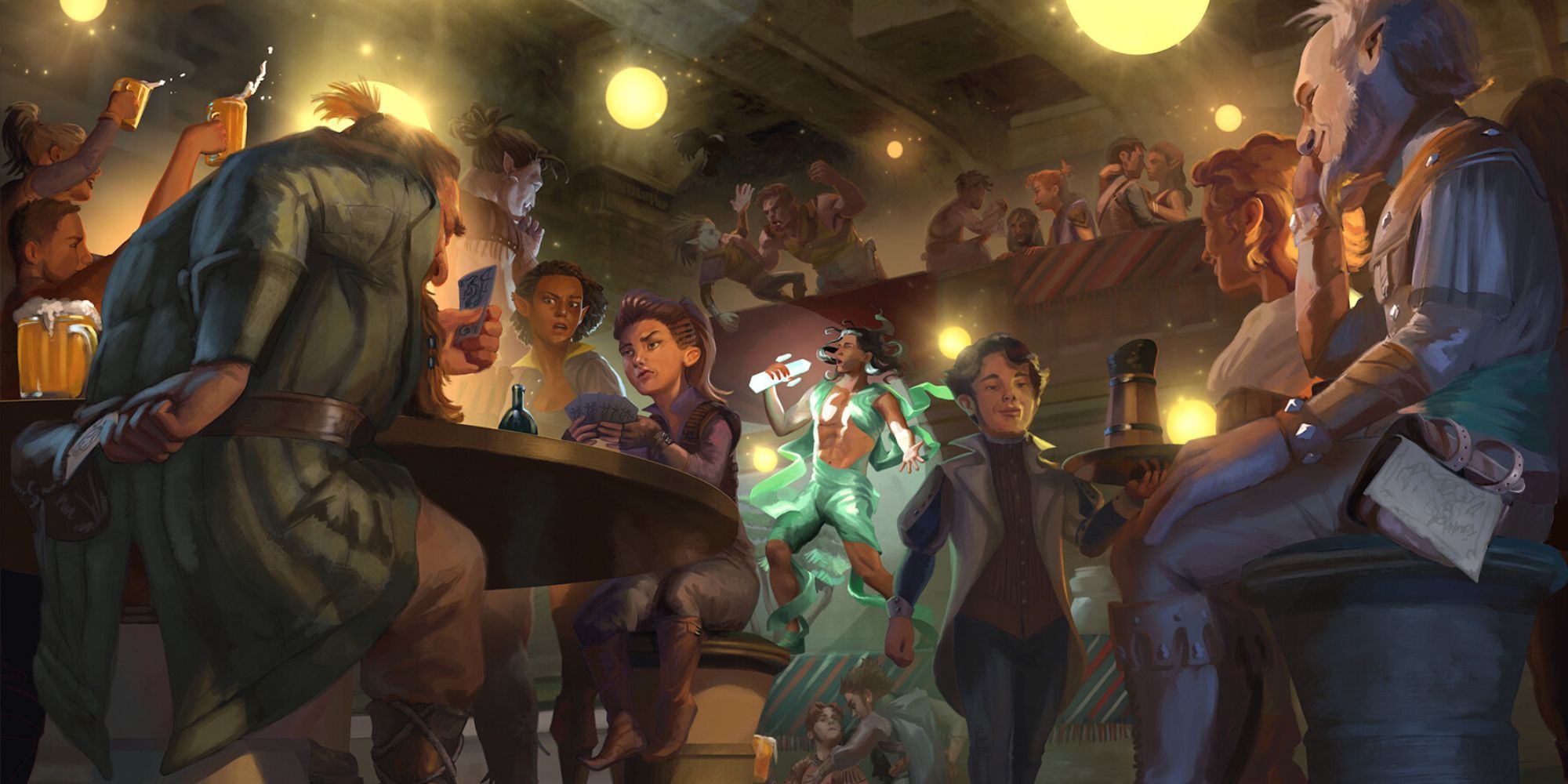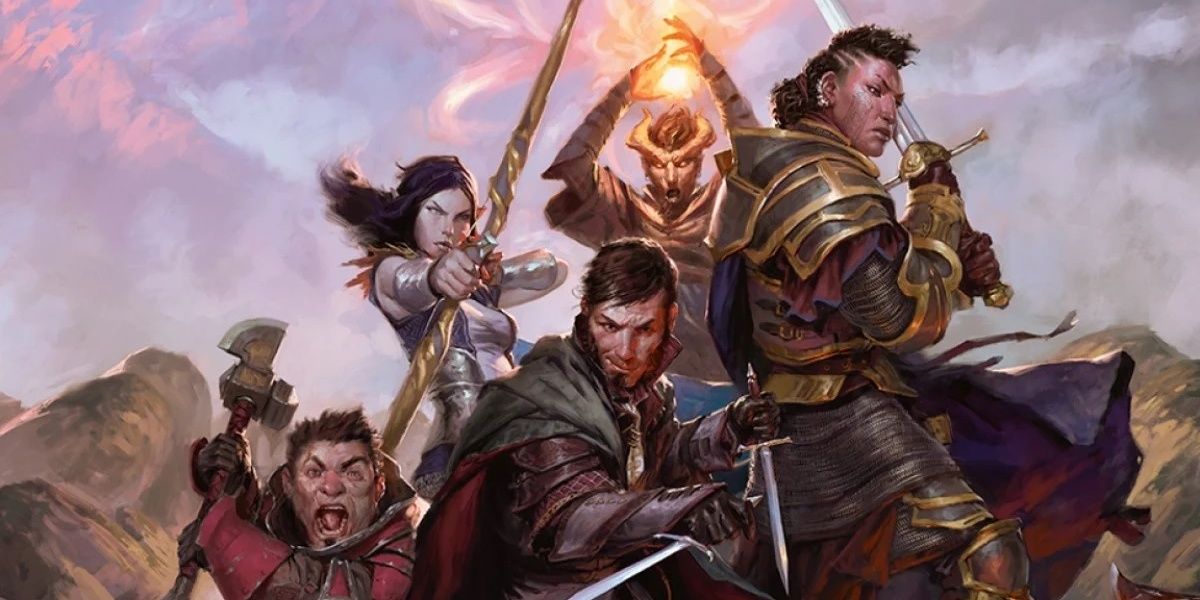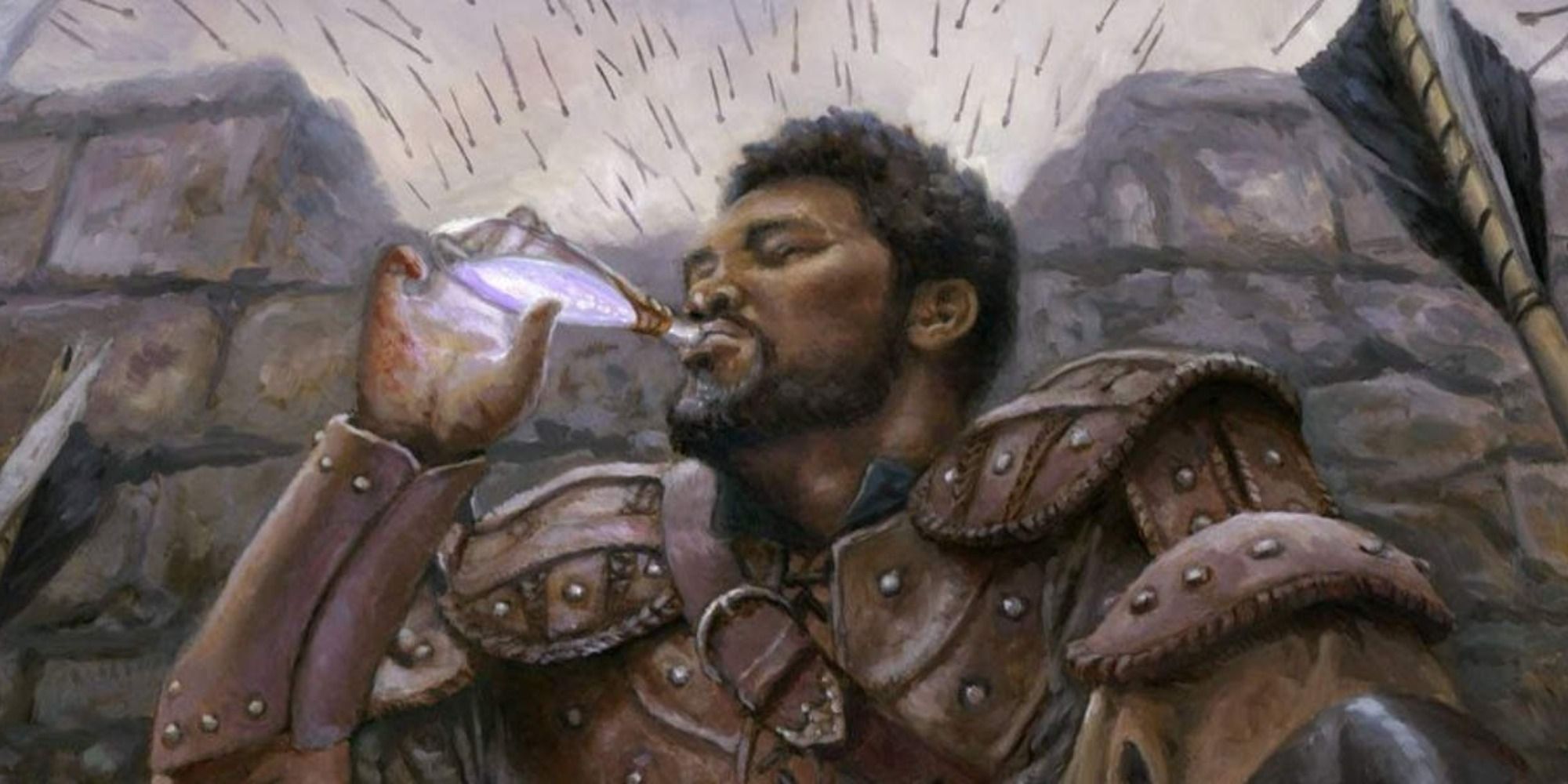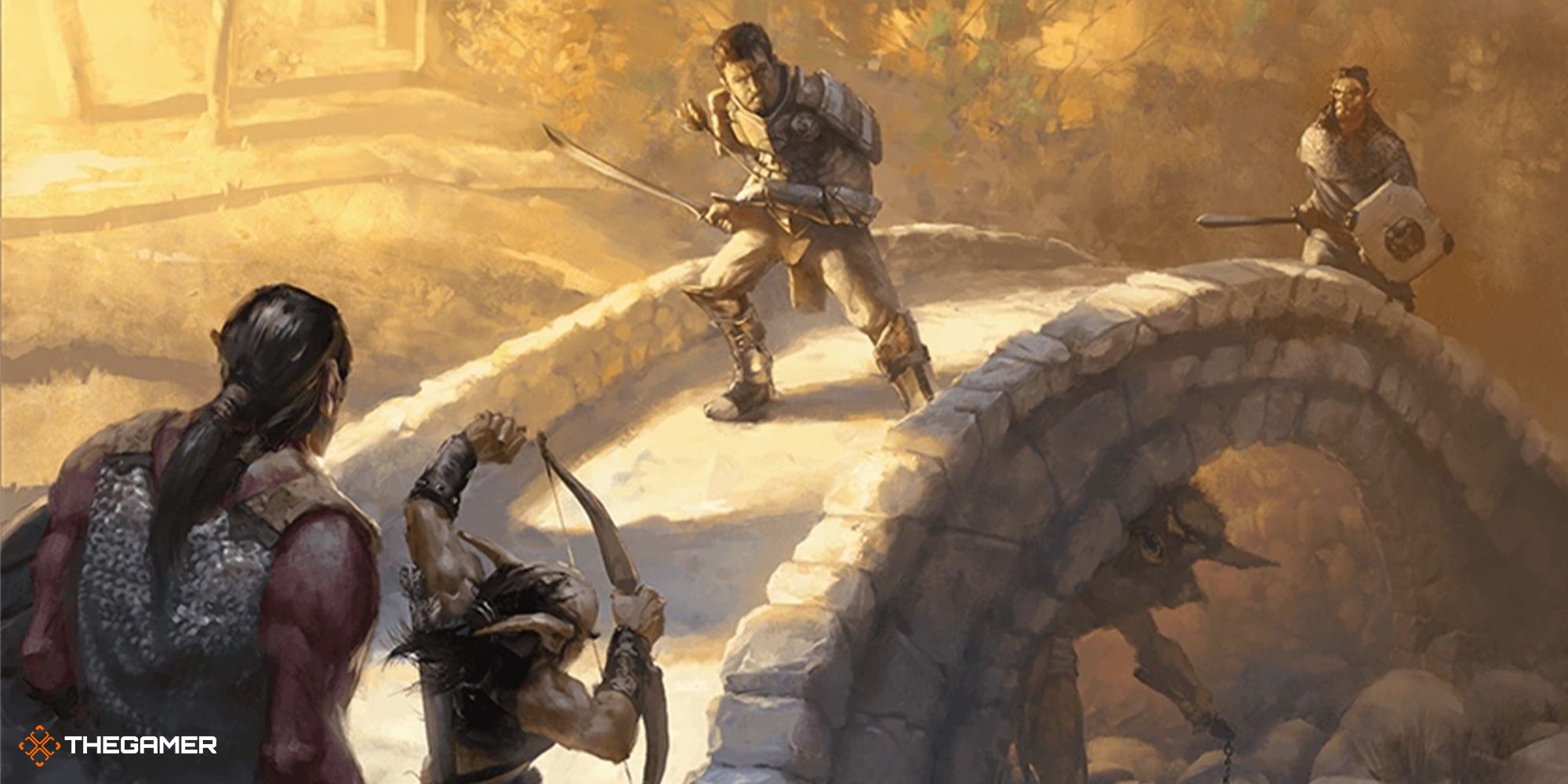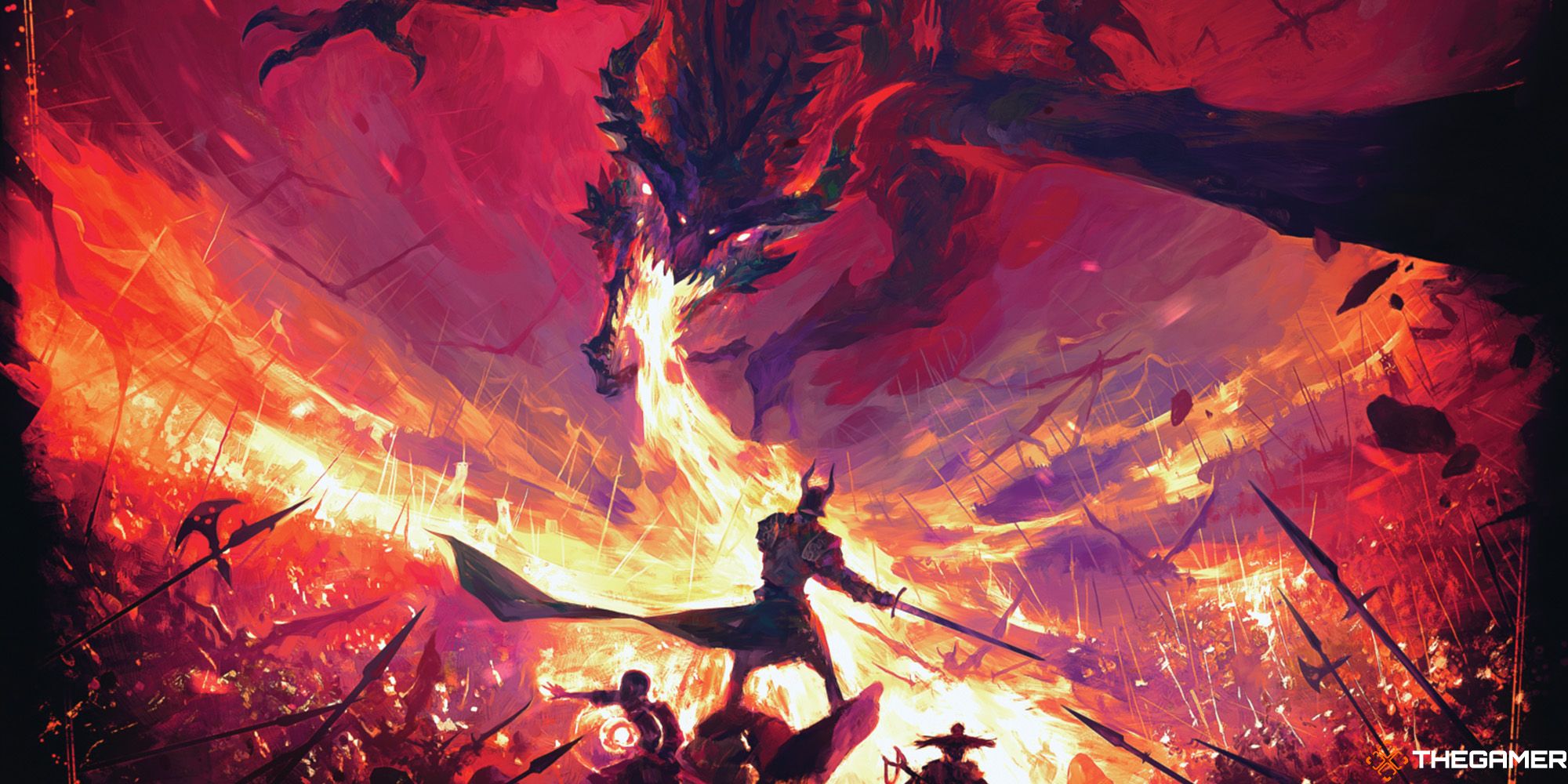The moment is here. The party of heroes has finally reached the Big, Bad, Evil Guy/Gal in your Dungeons & Dragons campaign, and it is time for the confrontation you've been planning since your group of players sent you their character ideas. And it all boils down to the evil schemes you've prepared for such an occasion. Until you noticed, you may have exaggerated a bit, and your players are about to get wasted in a couple of rounds of combat.
So, what now? Can the situation be fixed, or is it better to just do a TPK (Total Party Kill)? Well, while TPKs can and should happen, they should happen only when your players screw up, not because the boss is suddenly unkillable. For that, there are other things you can do for your combat encounter.
Bonus: Understand Your Players
Usually, bonus entries are saved for the end, but this is an important note that will help you decide whether you should fudge things as the DM. If your players are okay with high difficulty and have an ending where everybody just dies, then perhaps you don't need to do anything.
There are many right ways to play D&D. Some players just like exploring or going to combat without caring as to why things are happening. Fudging and overall controlling the outcome of combat may be more necessary if your players care about the story and plot that is taking place because that implies you should avoid anti-climatic outcomes. The wizard, who vowed to study the arcane arts and use them to have revenge against his evil father for all the misery he suffered during childhood, won't be very happy if he dies by falling into a random trap from a Goblin cave.
Still, fudging your rolls to force certain outcomes may take away the player's agency in the story. They should have control as to where the story is going, even if that means failed plans with bad consequences. With that said, use the advice here at your discretion.
5 Give Them A Chance
Using the example from the beginning, where the players are fighting the BBEG. If your villain has the power to take them all out before your players even get the chance to do anything, then perhaps you should hold your horses a bit.
It's a lot different receiving a TPK because the players made bad strategic decisions or because they've just entered a room and got meteor-swarmed right off the bat. It may be realistic to make plans like this if you think from the villain's side, but games should always give their players a fighting chance, even if the game is extremely difficult. Try to avoid situations that completely destroy the entire party in one move before they even have a chance to react.
4 Change Health Values
This is often one of the most common methods of fixing combat encounters, though it can be divisive. The players can't see how much health the enemy has, so nothing really stops you from altering it. However, it can be unsatisfying for the players, and, speaking from experience, it's usually noticeable when the DM alters these values. Still, you can use this to make your players happy.
If your BBEG took too much damage, you can have him use healing spells or items rather than just changing his health. They might get angry that the villain is healing, but at least they're doing it the same way players do, making it feel a bit fairer. With that said, if your players have a solid strategy that nearly kills (or actually kills) the villain, having them survive will be a slap in the party's face.
On the flip side, if the enemy is taking too long to die, and making the combat a bit repetitive and boring, just take bigger chunks of health or let someone kill them, even though you still have 15hp left, for instance. If it's obvious that the villain can no longer win this fight, stop dragging and let them die.
3 Minions
If your villain is having a bad time against the party, they can always be a coward and ask for help. After all, a group vs. group fight is more balanced than one against many.
A key thing you can do is to have more enemies than necessary prepared for combat, especially when it comes to the number of minions. However, don't bring all of them at once. Use some, and get more depending on how the fight is going. If it's too easy, you can spice things up by having more. If it's not easy, then ignore the extra minions. Giving a BBEG the power to summon creatures also helps balance encounters, as summoning doesn't demand an explanation of where all these new people came from.
2 Just Don't Use Everything You've Got
This one is plain and simple; If you think your NPC is just too powerful and might waste all the players, then just stop using some of the skills you have. Go easy on them.
Stop using powerful spells (you would eventually run out of spell slots, so that can be an excuse). Ignore the fact you can free yourself from the player's Hold Person due to your Legendary Action, and forget about your Lair Actions for a bit too. And, if the situation changes too much to the point that the fight starts to get easy, you can just start using those things again. You get to choose when you use your skills after all, so it's easy to go back and forth with your actions.
On a similar note, you can play a bit dumb too. If the healer is nearly dead, you can be nice and focus on the tanks just for the sake of not obliterating the other guy. You can even use that into roleplay and have the enemy gloat and intentionally do these choices to piss the party off while technically helping them.
1 Prevent Your Players From Getting Stuck
A famous use of altering values behind the DM screen is to prevent players from getting completely stuck in a situation. This usually happens outside of combat situations, but it can happen during them as well.
Imagine a villain who has an entire party trapped with Hold Person or something similar. And despite your players' best attempts, they just can't beat the saving throw. Well, you could lower the necessary value or give them an advantage for whatever reason.
If your players need to accomplish certain criteria for everything to move forward, and they just don't, you might have to help them. Otherwise, the story won't move forward either, and your campaign may hit a dead end.

